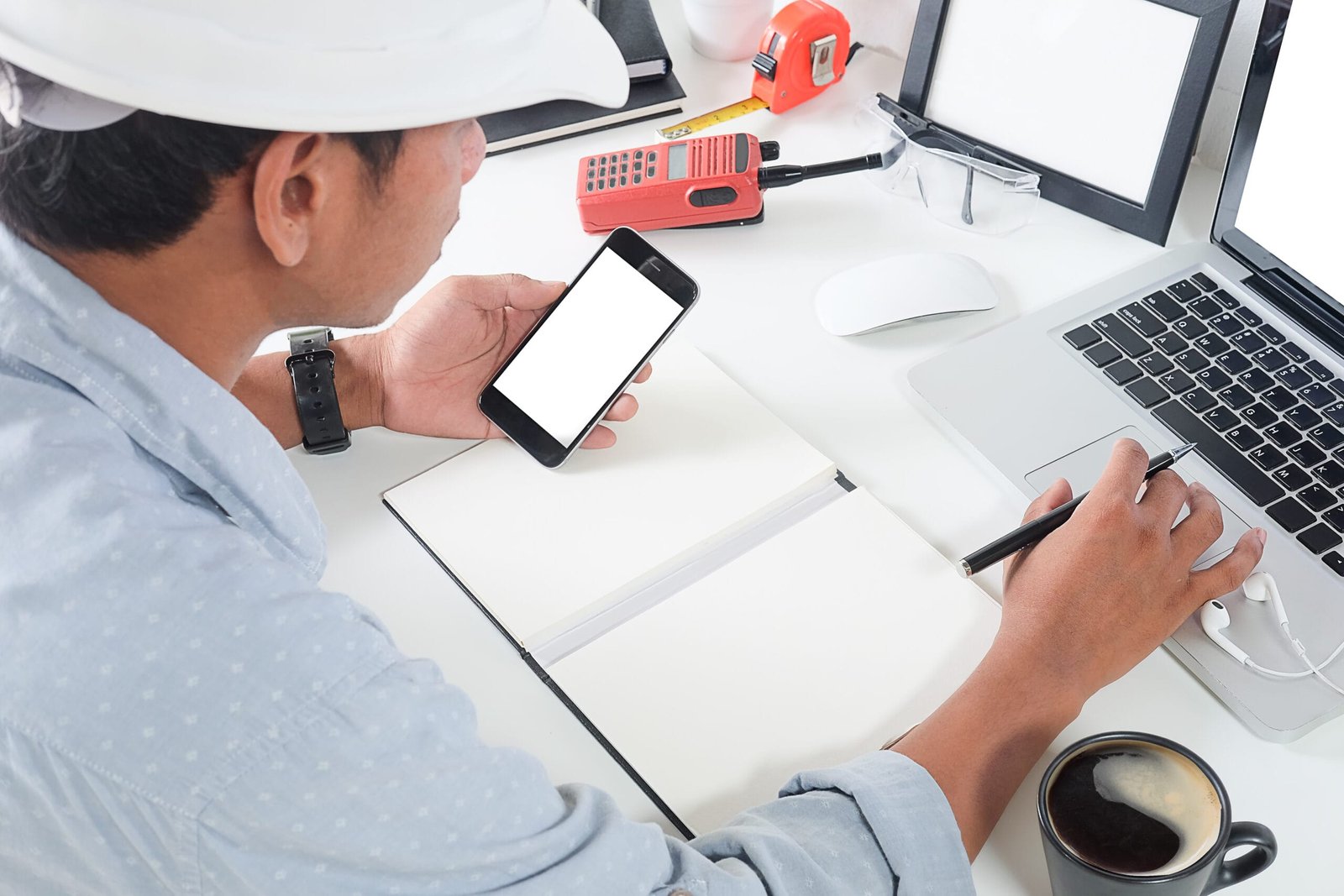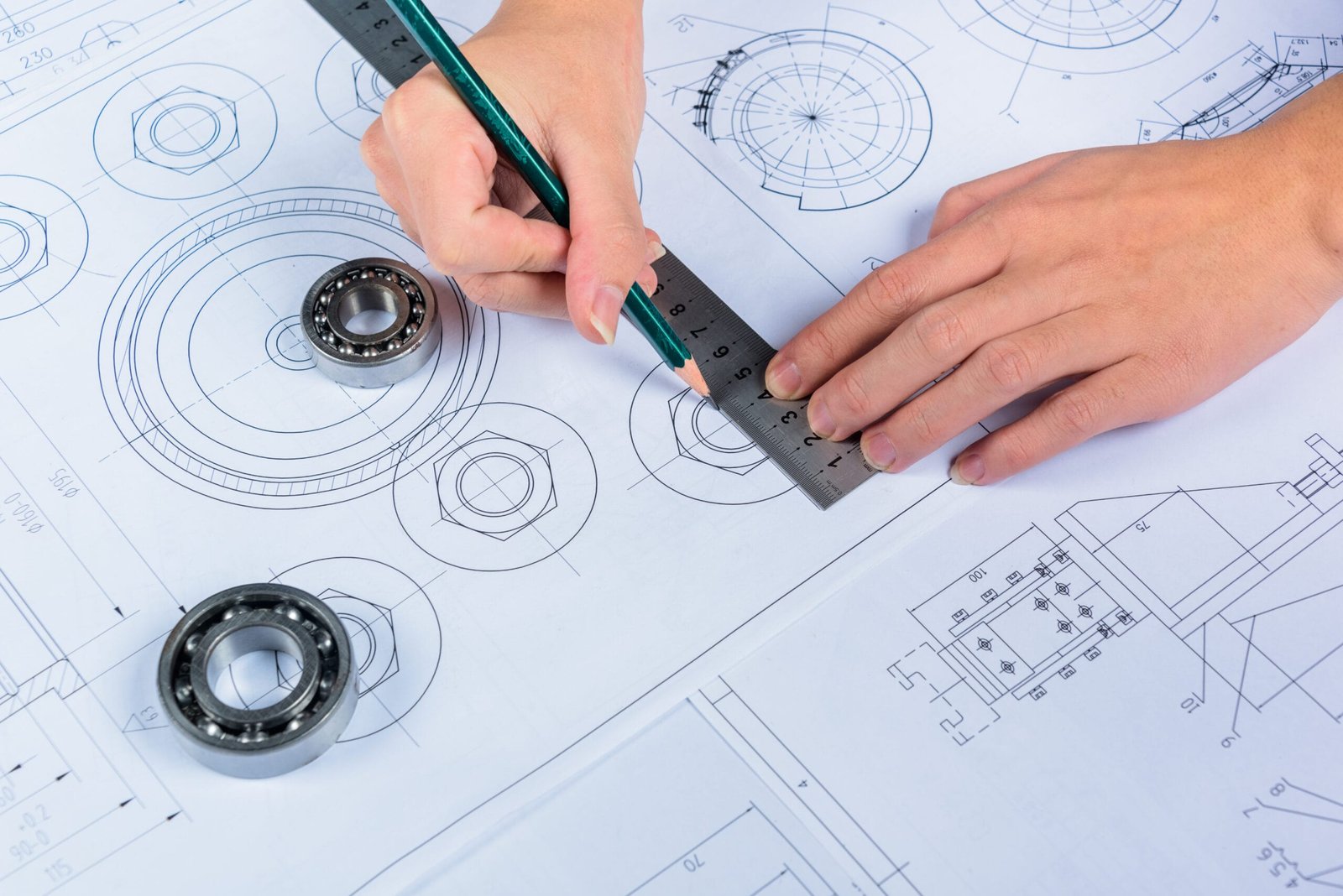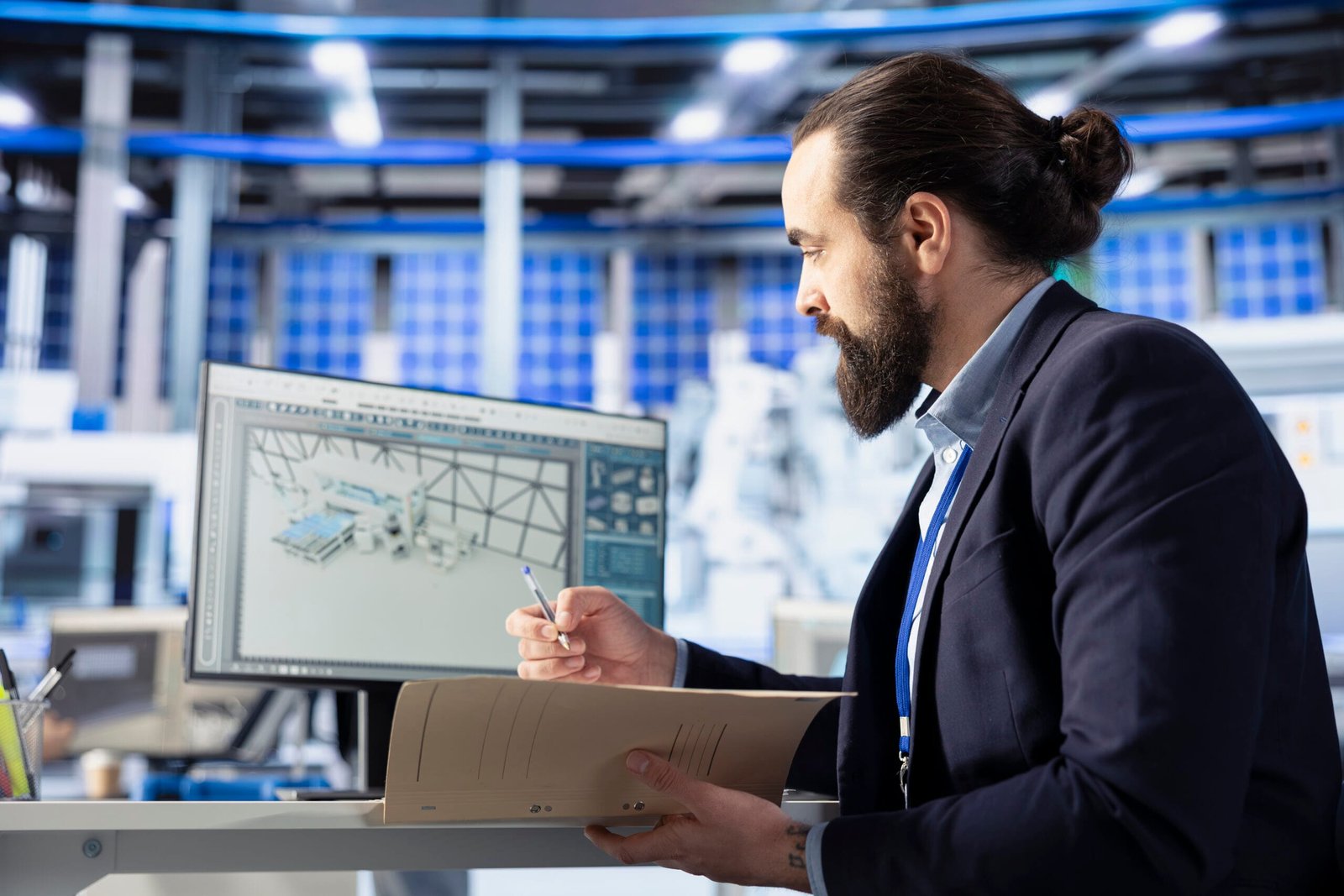Description
Photorealistic 3D modeling is a powerful technique used to create lifelike digital representations of objects, environments, and designs. For DesignHok, achieving high-quality 3D models with realistic textures, lighting, and materials is crucial for architectural visualization, product design, and engineering projects. This blog explores photorealistic 3D modeling, its benefits, the essential techniques, and the tools required to produce visually stunning 3D models.
1. What is Photorealistic 3D Modeling for DesignHok?
Photorealistic 3D modeling is the process of creating digital models that resemble real-world objects with a high level of detail. This technique is used in industries such as architecture, product design, advertising, and gaming. By accurately simulating real materials, lighting, and textures, designers can create realistic renderings that help in presentations, marketing, and prototyping.
Key components of photorealistic 3D modeling include:
- High-polygon models for detailed shapes and structures.
- Advanced texturing to replicate real-world surfaces.
- Physically accurate lighting to enhance realism.
- Ray tracing and global illumination for realistic shadows and reflections.
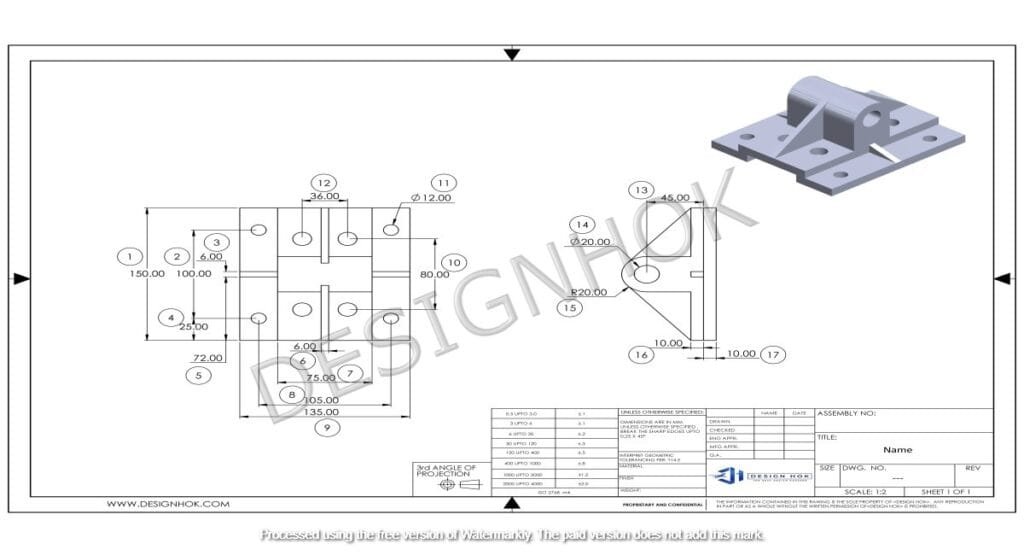
2. Benefits of Photorealistic 3D Modeling for DesignHok
Using photorealistic 3D modeling offers several advantages for DesignHok:
2.1 Enhanced Visual Communication
Photorealistic models help clients and stakeholders understand designs better than traditional 2D drawings. They provide a clear, immersive visual experience.
2.2 Cost and Time Efficiency
Creating a digital model before physical production helps identify design flaws early, saving time and reducing material costs.
2.3 Better Marketing and Presentation
High-quality 3D renders are widely used in advertisements, brochures, and websites to showcase products and designs in a professional and appealing way.
2.4 Versatility Across Industries
From architectural visualization to product design and gaming, photorealistic 3D modeling serves multiple industries, making it a valuable skill in the modern design world.
3. Essential Techniques for Photorealistic 3D Modeling
Creating photorealistic models requires a combination of modeling, texturing, lighting, and rendering techniques. Here are the essential steps:
3.1 High-Quality 3D Modeling
The foundation of any photorealistic render is a well-built 3D model. Using detailed geometry with a high polygon count ensures smooth surfaces and accurate shapes.
- Subdivision modeling improves smoothness.
- Boolean operations help create complex shapes.
- Retopology optimizes models for rendering.
3.2 Texturing and Material Creation
Realistic texturing is crucial for photorealism. PBR (Physically Based Rendering) materials help simulate real-world surfaces accurately.
- Albedo/diffuse maps define the base color of the material.
- Normal maps add surface details without increasing polygon count.
- Specular/roughness maps control reflections and surface smoothness.
3.3 Lighting for Realism
Lighting plays a major role in achieving a photorealistic effect. Using HDRI (High Dynamic Range Imaging) environments, realistic shadows, and soft lighting enhances the final render.
- Three-point lighting setup improves object visibility.
- Global illumination (GI) ensures accurate light reflections.
- Ray tracing adds realistic shadows and reflections.
3.4 Rendering with Precision
Rendering is the final step where the model, textures, and lighting come together. Using powerful rendering engines like V-Ray, Blender Cycles, or Unreal Engine ensures realistic results.
- Denoising techniques reduce noise in rendered images.
- Depth of field simulates real-world camera focus.
- Post-processing in Photoshop or After Effects enhances the final image.
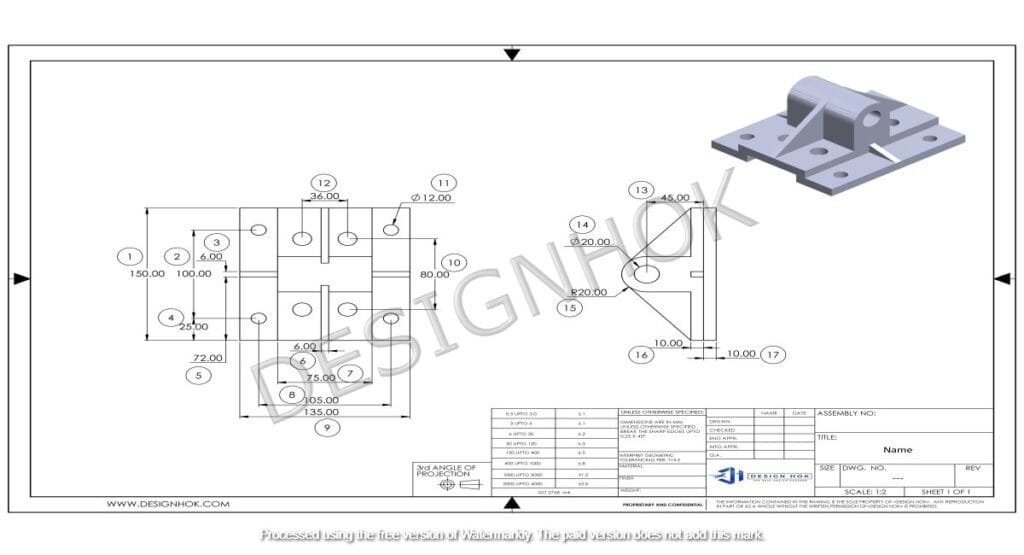
4. Best Tools for Photorealistic 3D Modeling for DesignHok
Several software tools help designers achieve photorealistic 3D models. The best choices for DesignHok include:
4.1 3D Modeling Software
- Autodesk 3ds Max: Great for architectural visualization.
- Blender: free, open-source, and powerful.
- Maya: Used for animation and complex modeling.
4.2 Texturing and Material Creation
- Substance Painter: Best for detailed PBR textures.
- Quixel Mixer: Excellent for realistic materials.
- Adobe Photoshop: Used for texture editing and enhancements.
4.3 Rendering Engines
- V-Ray: industry-standard for realistic rendering.
- Blender Cycles is Free and offers ray tracing capabilities.
- Unreal Engine: Used for real-time visualization.
4.4 Lighting and Post-Processing Tools
- Adobe After Effects: Enhances renders with effects.
- HDRI Haven provides free HDR lighting environments.
- DaVinci Resolve: Used for color grading and corrections.
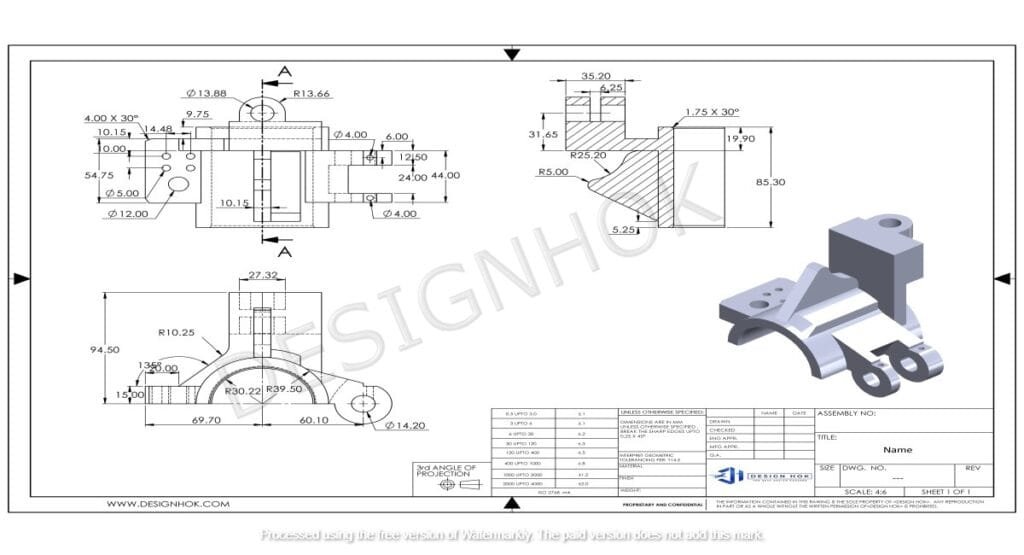
5. Challenges in Photorealistic 3D Modeling for DesignHok
Creating photorealistic 3D models is complex and comes with challenges:
5.1 Hardware Limitations
Rendering high-quality 3D models requires a powerful CPU, GPU, and RAM. Slow hardware can cause long rendering times and delays.
5.2 Achieving Realism in Textures
Low-quality textures can make a model look artificial. Using high-resolution PBR textures and proper UV mapping improves quality.
5.3 Complex Lighting Setups
Realistic lighting requires advanced knowledge of global illumination, HDRI environments, and ray tracing, making it a challenging aspect for beginners.
5.4 Time-Consuming Renders
Photorealistic renders can take hours or even days to complete. Using render farms or cloud-based rendering services can help speed up the process.
6. Future of Photorealistic 3D Modeling for DesignHok
With advancements in AI, real-time rendering, and GPU technology, the future of photorealistic 3D modeling is promising.
- AI-assisted modeling speeds up the design process.
- Real-time rendering with Unreal Engine 5 allows instant visualization.
- VR and AR integration enhances interactive experiences.
For DesignHok, staying updated with these advancements ensures that the company remains at the forefront of the 3D modeling industry.
Conclusion
Photorealistic 3D Modeling for DesignHok is a valuable skill that enhances design visualization and improves project presentations. By mastering high-quality modeling, realistic texturing, proper lighting, and advanced rendering techniques, DesignHok can create stunning, lifelike 3D models that impress clients and stakeholders. Using industry-standard tools like 3ds Max, Blender, V-Ray, and Substance Painter ensures the best results. As technology advances, embracing AI-powered modeling and real-time rendering will further enhance the quality and efficiency of 3D modeling workflows.
FAQs
1. What is Photorealistic 3D Modeling for DesignHok?
Photorealistic 3D modeling is the process of creating digital models that closely resemble real-world objects using advanced texturing, lighting, and rendering techniques.
2. Which software is best for photorealistic rendering?
V-Ray, Blender Cycles, and Unreal Engine are among the best rendering engines for achieving photorealism in 3D modeling.
3. What is the difference between normal Photorealistic 3D Modeling for DesignHok?
Normal 3D modeling focuses on basic shapes and structures, while photorealistic modeling includes detailed textures, realistic lighting, and accurate reflections to achieve lifelike visuals.
4. How can I make my 3D models look more realistic?
Use high-resolution textures, proper lighting, and ray tracing to enhance realism. Adding imperfections like scratches and smudges also makes models look more natural.
5. What hardware is needed for Photorealistic 3D Modeling for DesignHok?
A high-end GPU (e.g., NVIDIA RTX 4090), a fast CPU, at least 32GB RAM, and an SSD are recommended for smooth performance in photorealistic 3D modeling.


